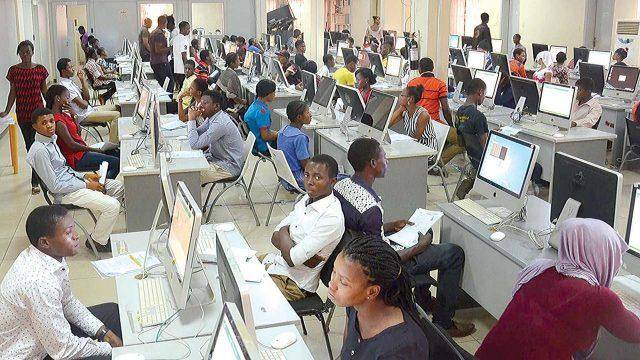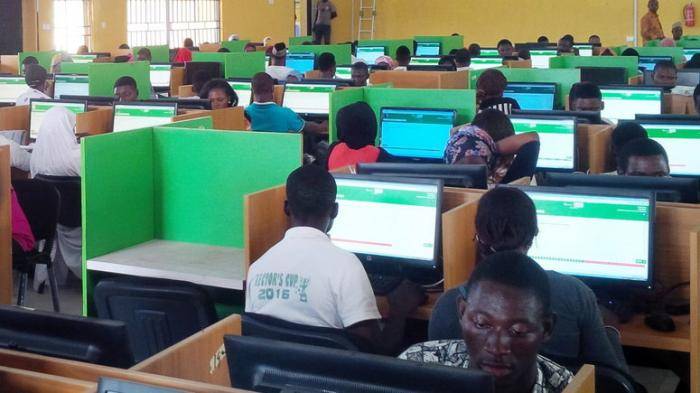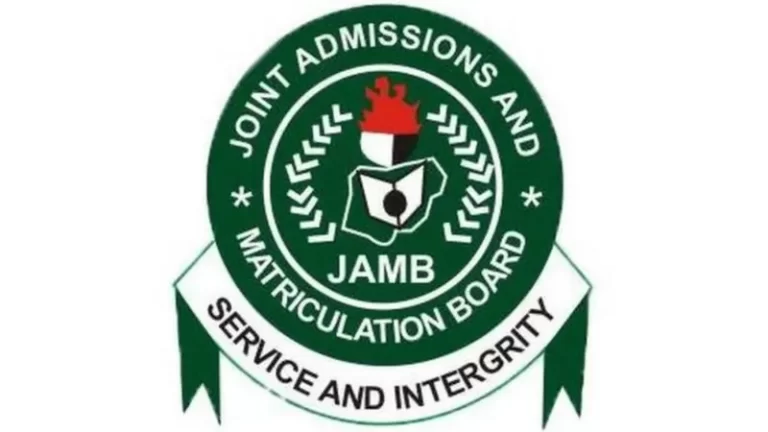Waec

Geography-Obj
1BADBCCADDC
11ACCAACBBCC
21BCABAAACAD
31ABBACAACAC
41CBADABBDBB
GEOGRAPHY+II-THEORY-ANSWERS!!!!!!!!
(1a)
Primary industries involve extracting or harvesting natural resources, such as mining, agriculture, and fishing. Secondary industries involve processing and manufacturing raw materials into finished goods, such as textiles, steel, and electronics.
(1b)
(i)Lower capital requirements
(ii)Less complex technology
(iii)Greater flexibility
(iv)Ability to utilize local resources
(1c)
(i)Creation of employment opportunities
(ii)Increased GDP and economic growth
(iii)Improved standard of living
(iv)Development of infrastructure
(2a)
(i)Rural-urban migration
(ii)Urban-rural migration
(iii)International migration
(iv)Internal migration
(2b)
(i)Political instability
(ii)Economic hardship
(iii)Environmental degradation
(iv)Conflict and war
(v)Social and cultural factors
(2c)
(i)Increased population density
(ii)Strain on resources and infrastructure
(iii)Cultural and social changes
(3a)
Birth rate refers to the number of live births per 1,000 people in a population over a given period, usually a year.
(3b)
(i)Cultural and social factors
(ii)Economic conditions
(iii)Access to education and family planning
(3c)
(i)Increased workforce and economic growth
(ii)Greater market for goods and services
(iii)Cultural and social diversity
(3d)
(i)Strain on resources and infrastructure
(ii)Environmental degradation
(iii)Increased poverty and unemployment.
(4a)

(i) International airport: Murtala Muhammed International Airport (Lagos)
(ii) River port: Port Harcourt River Port
(iii) Lafia (located in Nassarawa State)
(4b)
(i)Poor road conditions and inadequate infrastructure
(ii)Inefficient and unreliable public transportation systems
(iii)High cost of transportation and logistics
(iv)Security challenges and robbery on highways
(4c)
(i)Facilitating the movement of goods and services, stimulating economic growth
(ii)Enabling the transportation of raw materials and finished products, supporting industrial development
(iii)Providing employment opportunities and generating revenue for the government, contributing to GDP
(5a)
(i)Natural Resources: Nigeria’s abundance of natural resources such as oil, natural gas, coal, and agricultural land influences the production capabilities of the country.
(ii)Labor Force: The size, skill level, and productivity of the labor force in Nigeria play a significant role in determining what can be efficiently produced.
(iii)Infrastructure: The availability and quality of infrastructure, including transportation, communication, and energy networks, impact the types of goods that can be effectively produced in Nigeria.
(iv)Government Policies: Government policies related to trade, investment, and industrial development can either facilitate or hinder the production of specific goods and services.
(v)Technology and Innovation: Access to technology, research and development capabilities, and innovation efforts contribute to the types of products that can be produced in Nigeria.
(5b)
(i)Corruption: Widespread corruption in Nigeria creates barriers to trade by increasing costs, distorting market mechanisms, and undermining the rule of law.
(ii)Infrastructure Challenges: Poor infrastructure, including inadequate transportation networks and unreliable power supply, hinders the efficient movement of goods and services, thereby impeding trade.
(iii)Trade Barriers: Non-tariff barriers, bureaucratic red tape, and inconsistent regulatory practices create obstacles for both domestic and international trade in Nigeria.
(iv)Political Instability: Political instability and insecurity in certain regions of Nigeria can disrupt trade activities and deter foreign investment.
(v)Inadequate Access to Finance: Limited access to finance, especially for small and medium-sized enterprises, constrains trade activities and investment in Nigeria.
(6a)

(i) Longitude 15°E: (Shown as a vertical line on the map)
(ii) Udi Hill: (Located in Enugu State)
(iii) Lokoja: (Located in Kogi State)
(6b)
(i)Agricultural production: Highlands provide suitable terrain for farming and crop production.
(ii)Water source: Highlands are sources of rivers and streams, providing water for irrigation and drinking.
(iii)Tourism and recreation: Highlands offer scenic views and opportunities for hiking and outdoor activities.
(6c)
(i)Inadequate infrastructure: The presence of highlands in Nigeria makes it difficult to construct infrastructure, such as roads and bridges, which are necessary for transportation and communication
(ii)Soil erosion: The steep slopes of highlands make them prone to soil erosion, which can lead to desertification and loss of arable land.
(iii)Inaccessibility: Highland areas may be difficult to access, which can limit economic opportunities and impede development.
(iv)Marginalization: People living in highland areas may be marginalized and excluded from development opportunities, leading to poverty and socio-economic inequality.
RECOMMENDED TOPICS
- JAMB 2025 UTME/DE registration document – step-by-step on how to apply for UTME and DE

- JAMB postpones 2025 UTME Registration to February 3rd

- JAMB Officially Announces 2025 UTME Registration, Exam, Mock Dates, Cost and Important Details

- The official reading novel for Jamb 2025 is Lekki Headmaster

- Subjects for Computer Science in JAMB for Guaranteed Success


